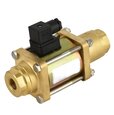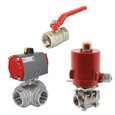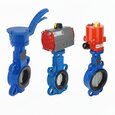Valves For High Viscosity Fluid
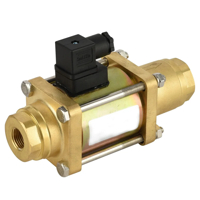
Figure 1: Coaxial solenoid valve for high viscosity media
Selecting the correct valve for viscous media starts with understanding the fluid's viscosity and chemical composition. Viscous media can introduce higher pressure drops in the system, so choosing valves with minimal flow resistance, like full-bore designs, is necessary. Valves with streamlined flow paths and larger ports can reduce the risk of clogging. Additionally, valves for high viscosity fluid may need robust actuation mechanisms to manage the increased force required, such as pneumatic or electric actuators. This article discusses the features of different valves for viscous media.
Table of contents
- Understanding viscosity and valve selection
- Ball valves
- Butterfly valves
- Coaxial solenoid valves
- Diaphragm valves
- Gate valves
- Material compatibility
- FAQ
View our online selection of valves suitable for viscous media!
Understanding viscosity and valve selection
When selecting valves for various applications, it is essential to consider the viscosity of the media.
- Low-viscosity fluids flow easily. Their viscosity level is less than 100 centistokes (cSt).
- E.g., water, gasoline, alcohol, and air
- Medium viscosity fluids range from 100 to 1,000 cSt.
- E.g., motor oil, vegetable oil, and light syrups
- High viscosity fluids are thick, exceeding 1,000 cSt
- E.g., honey, molasses, heavy oils, and glycerin
The commonly used valves for viscous media are below with their suitable viscosity range:
- Ball valve: Low to medium
- Butterfly valve: Low to medium
- Coaxial solenoid valve: Low to high (Coaxial)
- Diaphragm valve: Medium to high
- Gate valve: Low to medium
Ball valves
Full-port ball valves are ideal for low to medium-viscosity applications, such as oil and gas, chemical processing, and food and beverages. Their full-bore design minimizes flow resistance, making them ideal for viscous fluids.
Reduced bore or characterized ball valves, like v-port ball valves, can clog with particulates in viscous media. Ball valves are also not suitable for highly viscous fluids, as they can cause wear on the valve seats over time.
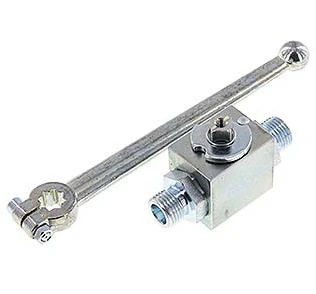
Figure 2: Ball valve for viscous media. Ensure the connection size is large enough to allow unobstructed flow.
Butterfly valves
Butterfly valves are ideal for large-diameter applications due to their compact and lightweight design, which makes them suitable for tight spaces. They are commonly used in industries such as pharmaceuticals and chemicals to control low to medium-viscosity fluids.
The butterfly valve operates with a rotating disc within the flow path, which can cause some flow restriction and turbulence. This makes it less suitable for very high-viscosity fluids than valves with straight-through flow paths.
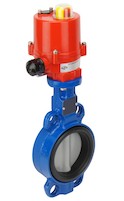
Figure 3: Electric butterfly valve
Coaxial solenoid valves
Direct-acting coaxial solenoid valves are well-suited for handling highly viscous, abrasive, or contaminated media. They function effectively at low pressure differentials and offer faster operation compared to standard solenoid valves. These valves are widely used in chemical processing, wastewater treatment, food and beverage, and oil and gas industries.
Diaphragm valves
Diaphragm valves are ideal for handling slurries and high-viscosity fluids, especially in applications that require frequent cleaning. They are commonly used in the food and beverage industry. The flexible diaphragm ensures excellent sealing and reduces the risk of clogging. However, diaphragm valves are generally used for pressures below 10 bars (145 psi) and are unsuitable for high-pressure applications.

Figure 4: Diaphragm valve
Gate valves
Gate valves are suitable for handling fluids with medium viscosity, such as certain oils and lubricants, and non-corrosive, viscous chemicals that require a reliable shut-off. Their design allows for minimal flow restriction when fully open, which is beneficial for maintaining flow in viscous media.
Gate valves are intended for full open or closed positions and are not designed for flow regulation. The risk of water hammer is generally lower with viscous media, and the slow-closing feature of gate valves further reduces this risk. This makes them ideal for applications where maintaining a smooth and stable flow is essential.
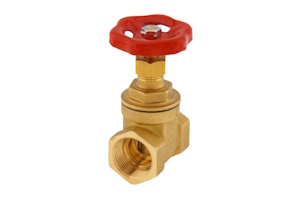
Figure 5: Gate valve
Material compatibility
Selecting the appropriate materials for the valve body and seals is crucial. The materials must be compatible with the media and withstand the working pressure and temperature. For instance, stainless steel valves with EPDM seals are preferred in the food and beverage industry due to their hygiene and food-grade compatibility.
Stainless steel, plastic, and brass are popular choices for housing materials. For sealing, EPDM, FKM, and NBR are commonly used. Read our chemical resistance chart for more details on the compatibility of different valve materials with various media.
FAQ
What features should a solenoid valve for viscous oil have?
It should have a larger orifice, robust coil, and be made of materials resistant to high viscosity fluids.




